African Bird of Prey Sanctuary
Environmentally crucial raptors like eagles and vultures are kept and protected in this massive sanctuary.
South Africa is home to approximately 80 species of birds of prey, but nearly a fourth of them are listed as threatened or endangered. Each year, around 150 birds of prey from around 50 different species become sick or injured in the wild, and are thus unable to survive. Luckily there is the African Bird of Prey Sanctuary in South Africa where they can go for hospitalization, rehabilitation, and hopefully, eventual release back into the wild.
Spanning 60 hectares, the Sanctuary, whose mission is “the conservation of indigenous birds of prey through practical research, scientific rehabilitation, specialized breeding and creative education,” is a working facility that opened in 2006, and allows public access to portions of the conservation all in the name of spreading the word on these rare birds. Aerial predators, which are also called raptors, that are orphaned, sick, or injured are sometimes brought to a specialized unit at a 24-hour Sanctuary unit called Rapture Rescue. People who find sickly birds of prey on their properties, for example, often capture and bring them to the sanctuary for treatment.
The actual rehabilitation process occurs behind closed doors, in what was once an abandoned slaughterhouse, for the well being of the birds. To achieve a high release success rate, birds in need of care are protected from the stresses induced by interaction with humans, which, incidentally, can tame orphaned raptors over time.
Visitors, however, can observe captive-bred birds, and birds that for various reasons cannot be released into the wild, in enclosures that represent their natural environments. On location are birds both small and large, common and rare, ranging from cute, fluffy owls (ask a staff member to play some music—some of the owls are known to bob to the beat) to dignified eagles, and menacing vultures. Also present is the unusual-looking Secretary Bird, so named for the erect feathers on its head, which are thought to look like writing quills.
At various times throughout the day, sanctuary workers put on free-flying shows in an open-air amphitheater in order to educate guests on birds’ behaviors and related conservation efforts. Goshawks and falcons, for instance, can be seen soaring up and diving through the air, repeatedly returning to a trainer’s arm.
Raptors are at the top of the food chain and therefore they are good indicators of environmental stability. If raptors’ numbers are intact, so are other elements of their ecosystems. Their importance and endangerment is why the Sanctuary focuses strongly on education, parsing out their research about birds of prey and the threats they face (like poisoning, collisions with fences or automobiles, and getting caught in power lines) in ways that are fun and engaging for the public.
Another draw for guests is the bird-centric store on the premises called African Trading. The shop features authentic African artwork, including pieces made from wood, bronze and terra cotta.
The Sanctuary is completely funded by donors. Its success is evidenced by its being the largest facility of its kind in all of Africa. In addition to helping individuals understand and appreciate birds of prey, it offers advice and consultation to neighboring countries.


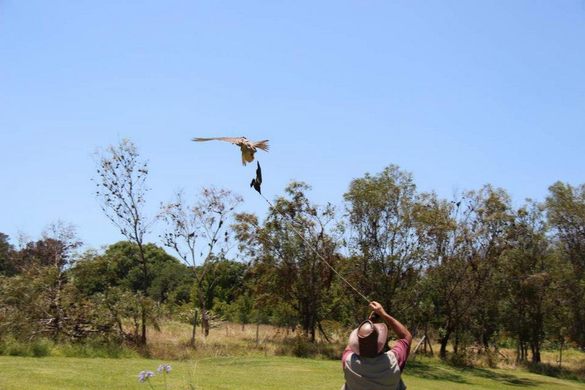

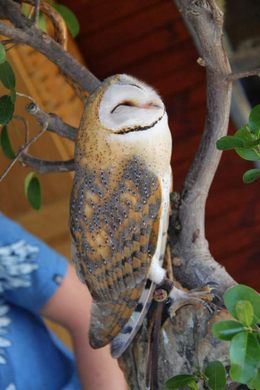





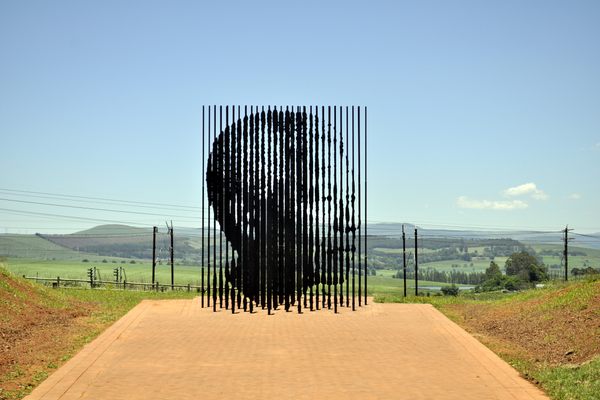
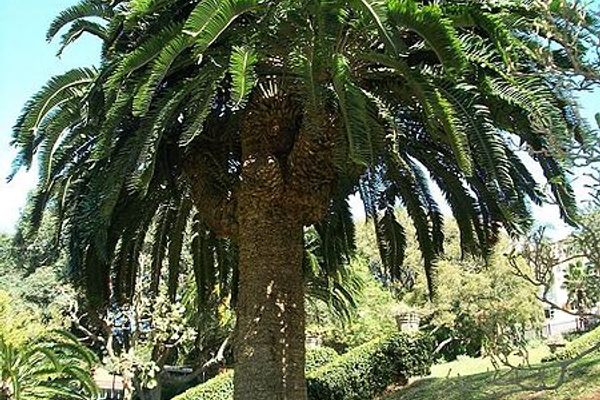

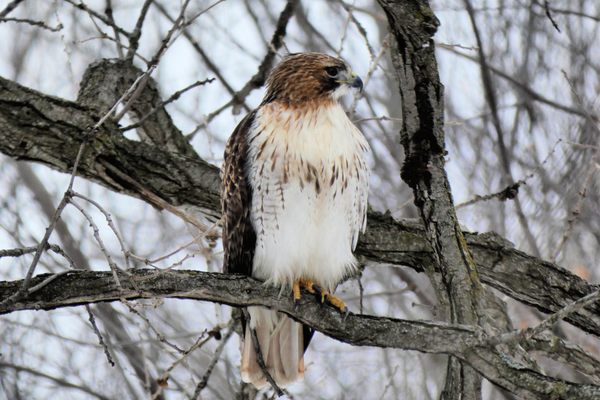

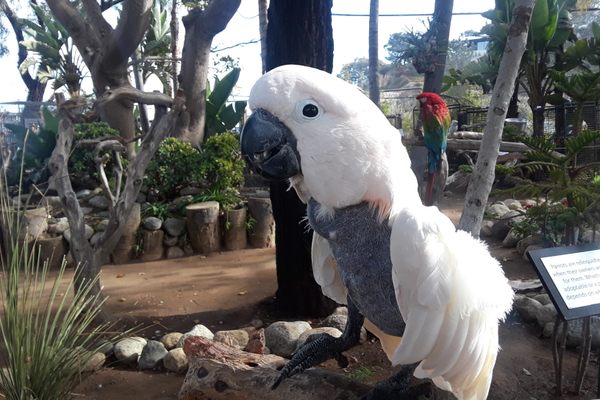

Follow us on Twitter to get the latest on the world's hidden wonders.
Like us on Facebook to get the latest on the world's hidden wonders.
Follow us on Twitter Like us on Facebook